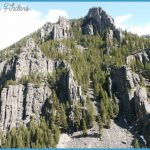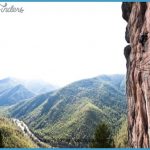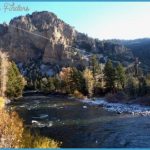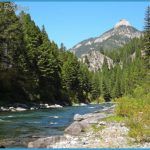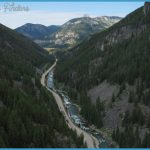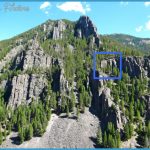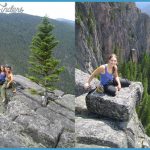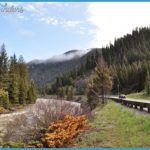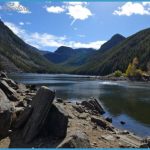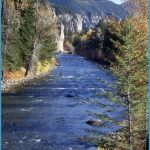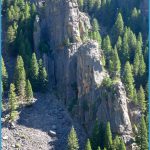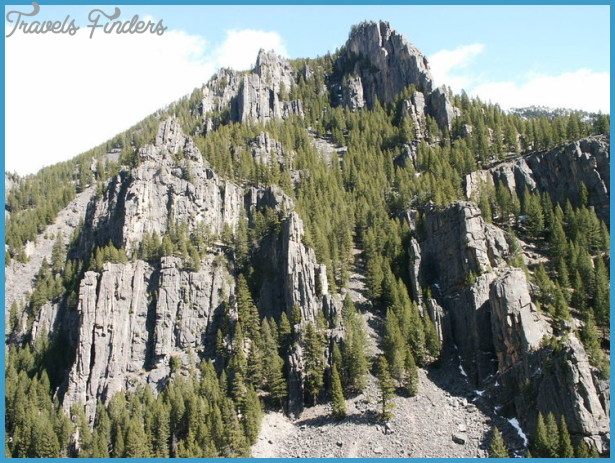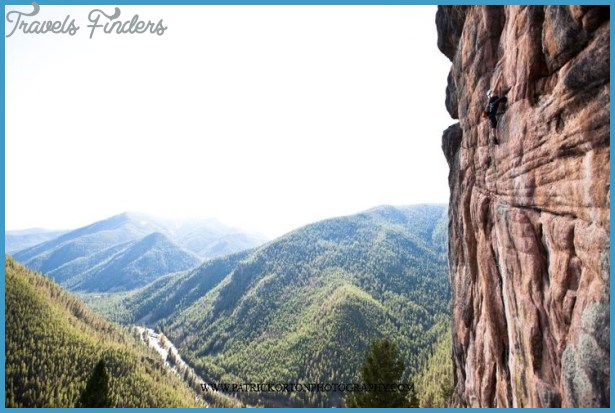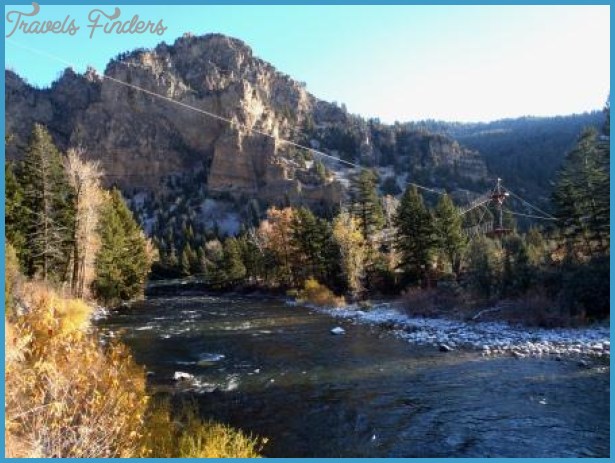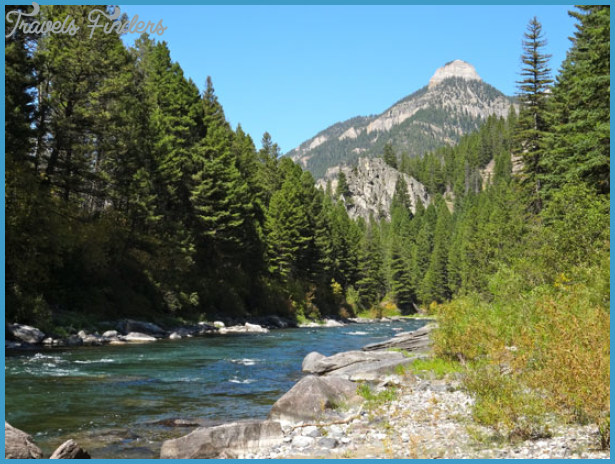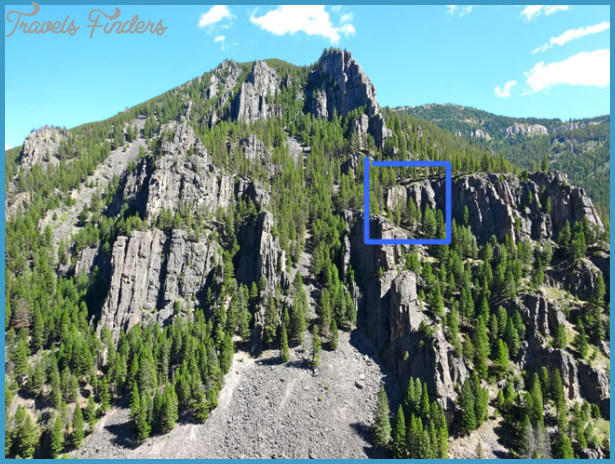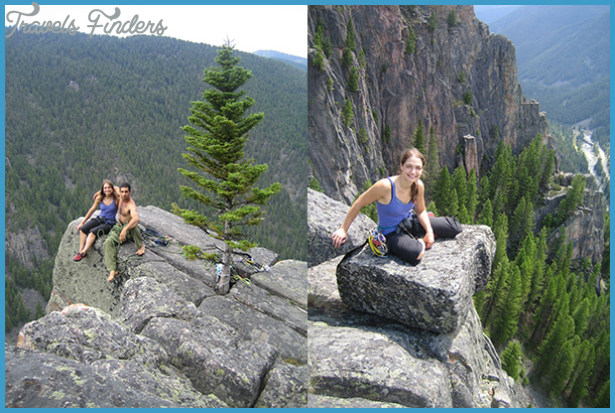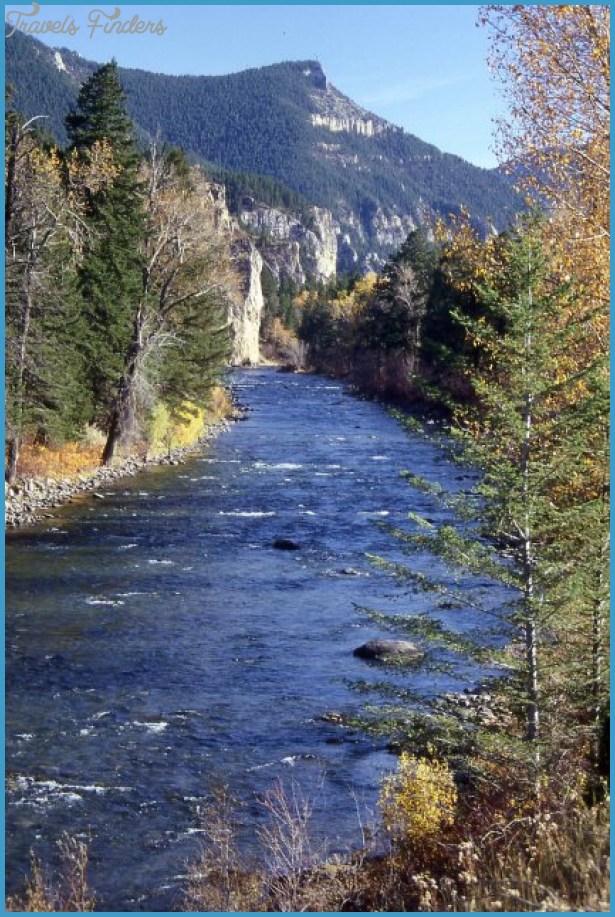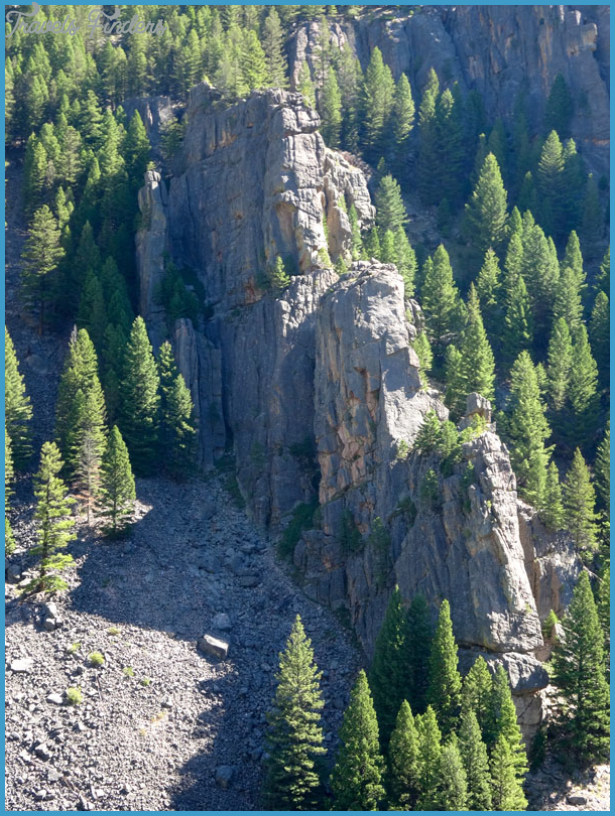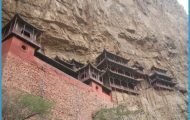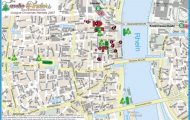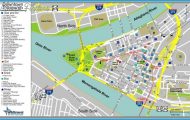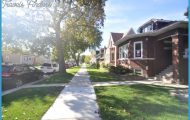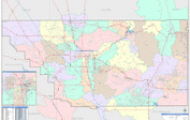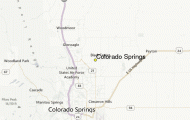Gallatin Gateway to West Yellowstone
ESTIMATED LENGTH: 76 miles
highlights: Scenic vistas, wildlife viewing, Big Sky, Yellowstone National Park
Some of the most beautiful images from A River Runs Through It were filmed in this picturesque canyon. For about 65 miles, twisting US 191 separates the Gallatin and Madison ranges, hugging the Gallatin River from the mouth of the canyon just south of Bozeman to within a few miles of the river’s genesis in Yellowstone National Park.
The highlight is clearly the scenery, with realistic chances of seeing bear, moose, elk, deer, and bison. In fact, from March to May, when bison are migrating from the park to greener pastures west of US 191, it’s imperative to keep a close eye out for the shaggy beasts especially at night. Most of the drive features steep canyon slopes blanketed in Douglas fir and lodgepole pine, but midway you’ll reach the congestion of Big Sky (pop. 2,308), a destination resort that sprang from a mountain meadow almost overnight in the mid-1970s. Along the way are periodic guest ranches and steakhouses, all adding to the vibe.
A note of caution: The Gallatin Canyon is also one of Montana’s most dangerous drives, a sobering reality marked by the steady parade of white crosses flanking the road. Many locals headed to West Yellowstone opt for the broad Madison Valley just to the west instead of negotiating the S-turns in the canyon. The traffic eased some in the down economy, when fewer construction workers were making the twice-daily pilgrimages to build trophy homes for the rich in Big Sky and the ultra-rich at the Yellowstone Club. But a building boom was underway again in 2015 and traffic has picked up, especially in the early morning and late afternoon.
US 191 leaves I-90 at Bozeman, but you can also continue to the Belgrade exit 8 miles to the northwest and take Jackrabbit Road south to Four Corners. Continue south toward the mountains and the mouth of the Gallatin Canyon. The most striking feature before the canyon is the Gallatin Gateway Inn, an extravagant 42,000-square-foot Spanish-style building constructed in 1927 as a terminus for the Chicago, Milwaukee & St. Paul Railway spur that brought Yellowstone visitors to the area. The inn has had lodging and dining, even recently, but as of late 2015 neither was offered, and the stately building was for sale.
A few miles later, you’ll enter the canyon, and the Gallatin immediately changes from a braided, meandering cottonwood-lined stream to a swift emerald river with solid whitewater stretches. Just past Spanish Creek, look upstream to Storm Castle, a jutting rock formation. Farther along on the left is a fast-paced straight stretch of river known as The Mad Mile, a favorite of rafters and kayakers when water levels are accommodating in the spring and early summer. The highlight is a giant boulder midstream called House Rock. A wide pullout allows drivers to watch rafts and kayaks navigate the frothy run.
Thirty-six miles south of Gallatin Gateway is the only stoplight between Four Corners and West Yellowstone: The junction of MT 64. Two miles up that road is the town of Big Sky, and a few miles past that are Big Sky Ski Resort and Lone Mountain Ranch, both popular ski destinations. This area was a picturesque ranch when the late NBC newscaster Chet Huntley, a Montana native, rode in with friends on horseback in the early 1970s, envisioning a golf resort. When he saw Lone Mountain rising on the western skyline, the vision abruptly changed to deep powder and chairlifts. Big Sky still has plenty for golfers, most notably the courses designed by former professional stars Arnold Palmer and Tom Weiskopf, a Bozeman resident.
South of Big Sky, the terrain gets wilder and less populated. Aside from an occasional restaurant (The Corral is a great beer and burger stop) and a few historic guest ranches (the Cinnamon Lodge has an above-average restaurant, bar, and cabins on the Gallatin River), there aren’t as many people on this stretch, though you’ll have company in the form of fly fishermen casting to rainbow and cutthroat trout. After Sage Creek, Taylor Fork, and the rustic all-inclusive Elkhorn Ranch, the road enters Yellowstone National Park, where the speed limit drops to 55 mph for 25 miles; there is no park fee to drive this stretch. Several trailheads are along US 191 here, including the popular Bighorn and Fawn Pass trails, which join to form a loop in the mountains to the east. If you do hike, bring bear spray, make noise, and, if possible, travel in groups of four or more.
Eventually US 191 leaves the park, crests a hill, and brings into view the broad Madison Valley, carpeted by lodgepole pine. In the winter and spring, chances are good you’ll see a bison ambling alongside the road. They are allowed to remain outside the park until mid-May, when Montana’s Department of Livestock chases them back. Long, pine-lined straightaways subsequently lead into the town of West Yellowstone.

